We recently mounted the evans MX2 Black Marching bass Drum Head, 28-inch, on one of our field basses to see how it woudl hold up under real-world marching conditions. Right out of the box the two 7.5 mil plies feel substantial and the matte black finish gives the drum a serious, no-nonsense look. The MX2 is marketed for its radiant tone and pronounced attack, and it also shares the modular foam arc dampening system introduced on the MX1 – a feature we were especially curious to test.
Over several rehearsals and a game-day performance we put the head through everything from soft, thudding passages to full-volume cadences. Our first impressions: the second ply tightens and focuses the low end while the damping arc lets us dial articulation and midrange clarity without killing projection. The result is a surprisingly articulate bass sound that still punches through the ensemble when we need it to. Build-wise, the double film construction feels robust – it inspires confidence for heavy use on the field.
In the full review that follows we’ll dive deeper into tonal character, attack versus sustain, how easy the modular foam system is to tweak, installation and tuning tips, and how the MX2 compares to other marching bass heads we’ve tried. If you’re considering a 28″ Evans MX2 for your drumline, read on – we’ll share what worked for us, what didn’t, and who this head will suit best.
Our Overview and First Impressions of the Evans MX Two Black Marching bass Drum Head Twenty Eight Inch
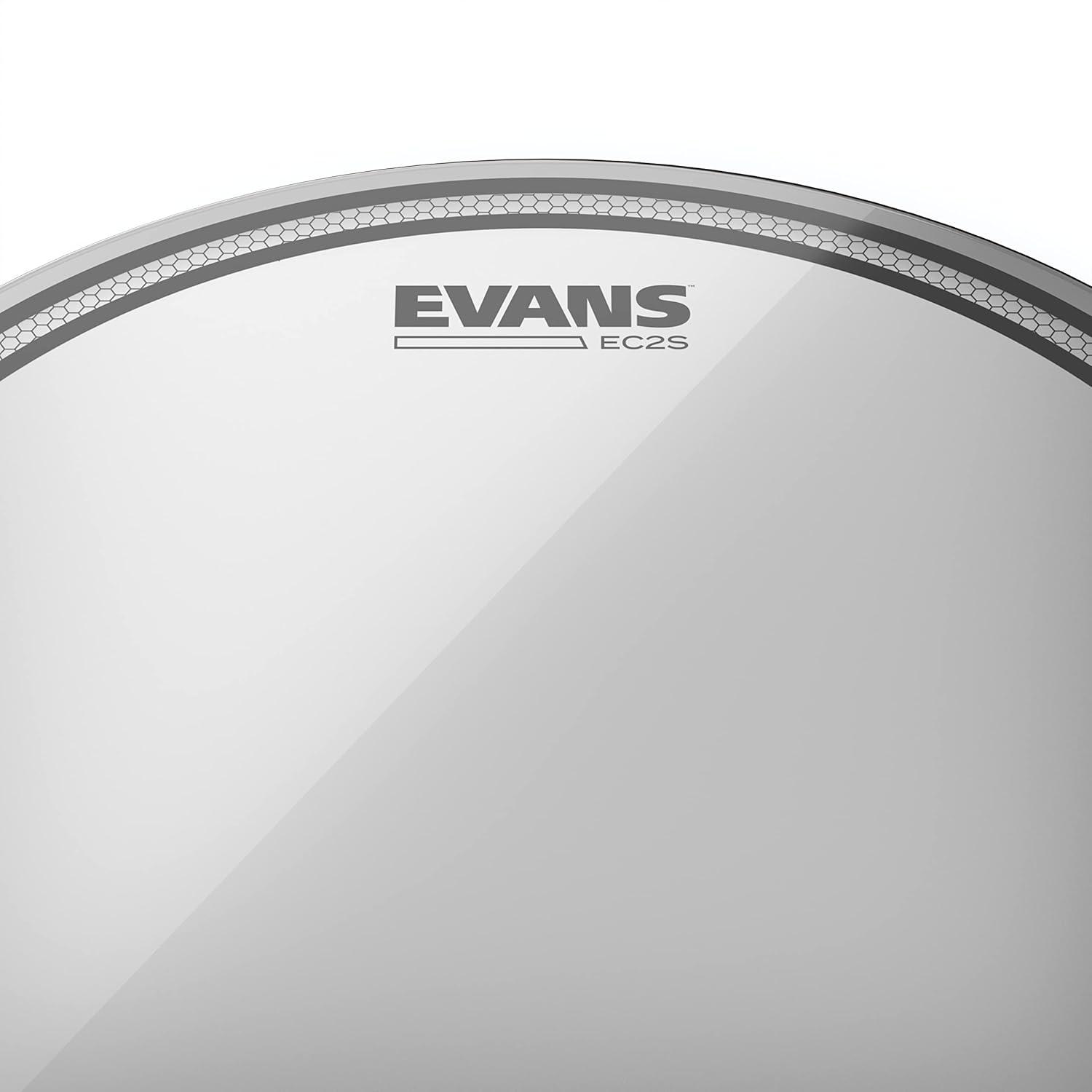
Our first run-through left us impressed with the head’s two-ply construction – each ply is 7.5 mil – which immediatly translates to a bright tone and a pronounced attack that cuts well in outdoor ensembles. The second ply tightens the low end, giving added focus and projection without muddying articulation, and the unique modular foam arc dampening system lets us shape the sound quickly on the fly. Speedy takeaways from our initial handling:
- Construction: Two plies, durable build for marching use
- Tonal character: Bright, articulate, and highly projecting
- Dampening: Modular foam arc, easily manipulated for precise control
On the field it felt engineered for reliability – we noticed improved articulation and a focused low-end that responds to stick dynamics, making it ideal for both solo and section work. It’s also notable that this head is designed, engineered and manufactured in the USA and is offered in a white version if a different aesthetic is desired. Below is a short specs snapshot to summarize what matters most to us:
| Feature | Benefit |
|---|---|
| Two plies (7.5 mil each) | Focus & projection |
| Modular foam arc | Customizable dampening |
| Tonal profile | Bright with pronounced attack |
Ready to here the difference for yourself? Check it out on Amazon
Key Features We Tested and What We Noticed in Performance and durability
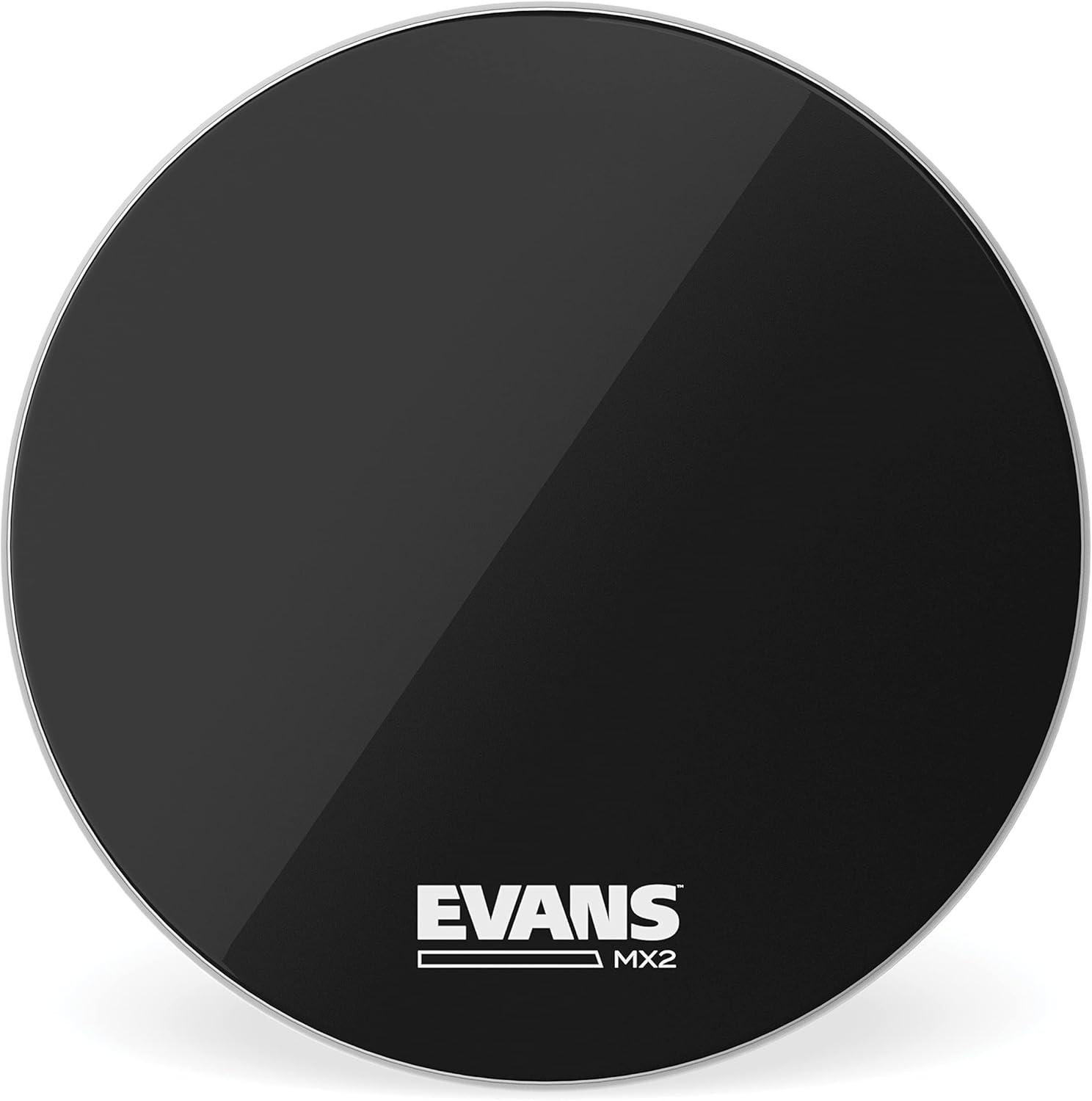
We put the head through dynamic marching-room tests and close-mic studio runs to see how the construction translates to real-world sound. Right away we noticed a bright tone and a pronounced attack that cut through ensemble mixes without sounding harsh; that clarity comes from the two-ply (7.5mil each) build,where the second ply gives noticeably more focus and projection. The integrated modular foam arc dampening system proved simple to manipulate on the fly-small adjustments tightened the low end or softened the transient without choking the overall tone, which made tuning for different venues and marching formations much faster for us.
- Construction: two plies of 7.5mil film = focused, projecting sound
- Attack: Clear, immediate presence for ensemble cut
- Dampening: Modular foam arc-easy to customize articulation
- Build Quality: Engineered for durability in heavy-use environments
Durability tests under sticks, mallets and extended field use reinforced the claim that this is among the most rugged options available; the extra ply resists denting and maintains tuning stability longer than single-ply alternatives. We also appreciated that the damping module holds position well during transport and gigging, and the overall feel stays consistent even after repeated high-impact sessions. Knowing it’s designed, engineered and manufactured in the USA gave us extra confidence that the materials and assembly match what we heard and felt.
| Attribute | Our Rating |
|---|---|
| Attack | Excellent |
| Projection | Very Good |
| durability | Excellent |
| Dampening Adjustability | Very Good |
See current price and reviews on amazon
In Depth Playability Insights and Our Recommendations for Marching Use and Care

Playability on the field is where this head really earns its stripes: the dual 7.5mil plies give a bright, focused voice with a pronounced attack that cuts through section horns and crowd noise, while the modular foam arc dampening system lets us tailor articulation and low-end bloom on the fly. because the second ply adds projection and focus, we typically settle on a slightly lower tension than a single-ply to retain warmth, then fine-tune the arc foam for clarity. Our marching tips:
- Tuning: moderate-low for full low-end,tighten incrementally for added snap.
- Dampening: reposition or remove foam modules to emphasize attack or sustain.
- Ensemble balance: use the head’s projection to sit slightly ahead of snares rather than competing with them.
For care and longevity,we treat this head like a workhorse: keep it clean,avoid extreme temperature swings,and inspect the foam modules regularly for compression. In our experience it’s one of the most durable bass heads we’ve used-built to take marching rigors-yet small maintenance moves dramatically extend its life. Quick reference:
| Feature | Benefit |
|---|---|
| Two-ply (7.5mil) | Focused projection |
| Arc foam dampening | Adjustable articulation |
| Robust construction | Longer service life |
When you’re ready to upgrade your rig or replace a worn head, grab one for your next season – Check latest price & availability.
Pros & Cons
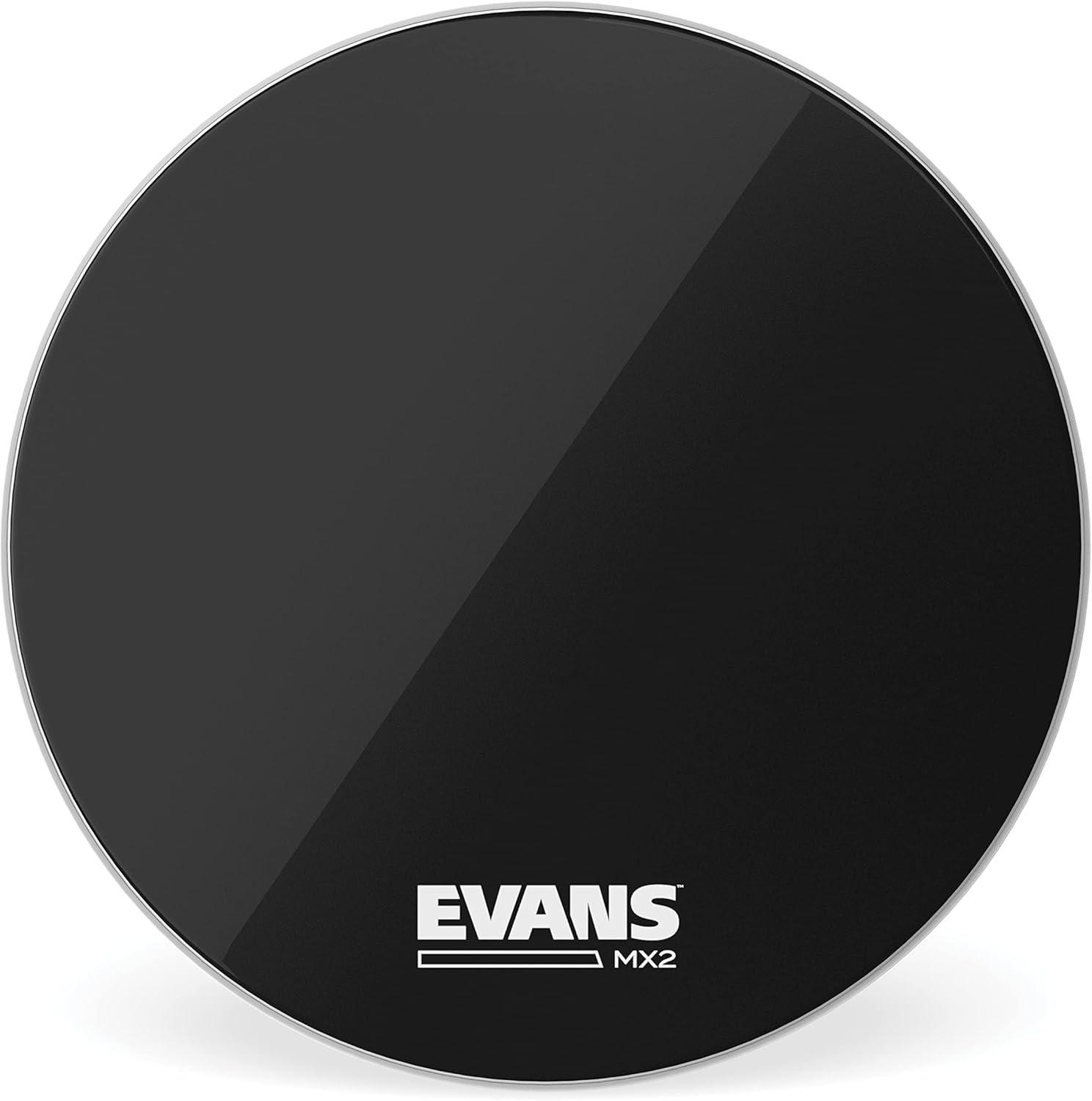
Pros & Cons
We put the Evans MX2 28″ through its paces and boiled our findings down to the essentials – what sings and what might give pause before you buy.
| Pros | Cons |
|---|---|
| bright, punchy attack | Might potentially be too bright for warm, vintage tones |
| Modular foam arc damping – flexible control | Dampers need fiddling to find the sweet spot |
| Two-ply durability and projection | Heavier/less subtle than single-ply heads |
What we liked
- Immediate punch: We appreciated the bright, pronounced attack – it cuts through in outdoor and field contexts.
- Modular damping system: The foam arc is clever and easily manipulated, so we could tailor articulation without drastic mods.
- Two-ply construction: The 7.5mil x2 plies give clear focus and excellent projection while standing up to heavy use.
- Built to last: We noticed durability that suits marching programs that demand frequent, hard playing.
- Options and provenance: Available in black (and white), and designed/manufactured in the USA – a quality touch we respect.
What to consider
- Tonal character: If we wanted deep,warm low-end or vintage bloom,this bright,focused head wasn’t our first choice.
- Adjustment required: The foam modules are great, but we had to experiment to avoid choking the low end or over‑damping the ring.
- Weight and feel: the added ply means a stiffer response – excellent for projection, less ideal for players seeking extreme resonance.
- Limited finishes: Black (and white) are the options – we would like more color choices for custom visual setups.
- Cost vs. basic heads: We expect to pay more than single-ply or coated heads, but the durability and system justify it for many marching programs.
In short, we found the Evans MX2 28″ to be a reliable, high‑projection marching head with a bright personality – brilliant for articulation and field projection, but something to weigh if you prefer a warmer, more vintage bass sound.
Q&A
Q: What makes the Evans MX2 28″ bass head different from other marching bass heads?
A: The MX2 is a two‑ply head (7.5 mil per ply) that combines a bright, pronounced attack with added focus and projection from the second ply. It also uses Evans’ modular foam arc dampening system – the same system as the MX1 - which lets us shape articulation and low‑end without heavy external muffling. In short: brighter, punchier, more durable, and easier to tune for sharp articulation.
Q: How does the modular foam arc dampening system work in practice?
A: The foam arc is modular and repositionable, so we can tailor the amount and location of damping quickly.Moving or removing foam pieces changes how much of the low‑end is absorbed versus allowed to ring, so we can dial in tightness and articulation on the fly.It’s practical for adapting to different beats, venues, and ensemble requirements.
Q: Does the black finish affect the sound?
A: Not noticeably. The color is primarily cosmetic.We don’t hear any meaningful sonic difference between the black and the white versions; choose the color that fits your visual kit or field uniform.
Q: How durable is this head for marching use?
A: Very durable. The two 7.5‑mil plies make the MX2 one of the toughest bass heads we’ve used – it stands up well to aggressive mallets and long rehearsal seasons. Of course life expectancy still depends on usage and hitting technique, but the MX2 holds up better than many single‑ply options.
Q: How should we tune a 28″ MX2 bass head for the best balance of low end and attack?
A: Start with even,moderate tension across the head. Lower overall tension emphasizes low‑end bloom; raising tension increases attack and articulation.Because the MX2 already emphasizes attack, we often keep tension mid‑to‑high to let the beater cut through while using the foam arc to retain definition in the low frequencies.
Q: What mallets or beaters pair best with this head?
A: The MX2 responds well to a range of beaters. Harder or harder‑wrapped mallets accentuate attack and articulation, while softer mallets round the tone and emphasize low‑end. We switch beaters depending on musical context: heavier/harder for marching corps clarity, softer for a warmer field blend.
Q: Will the MX2 eliminate the need for extra muffling?
A: Often it reduces the need for external muffling because the built‑in foam lets us shape the sound. That saeid, some ensembles or venues still prefer additional damping to control overtones or to match a specific ensemble tone. The MX2 gives us a great starting point and more flexibility than typical single‑ply heads.
Q: How does the MX2 compare to the MX1?
A: The MX1 uses the same foam arc system but is typically a single‑ply design that’s even brighter and more open. The MX2 keeps the articulation benefits of the MX1 while adding a second ply for more focus, projection, and durability. We’d pick the MX1 if maximum openness is desired; the MX2 if we want attack plus longevity.
Q: Is the MX2 easy to mic for amplification?
A: Yes. Because the head produces a clear, pronounced attack, it’s straightforward to capture with close miking. For the best balance, we aim the mic toward the beater contact point off‑axis to preserve articulation without excessive beater noise. The head’s focused projection helps the mic sit well in a crowded mix.
Q: Any tips for break‑in and maintenance?
A: Break‑in is minimal – a few rehearsals is often enough. Keep the head clean of grit and avoid prolonged exposure to extreme heat or direct sunlight. Check tuning frequently during heavy use and inspect the beater surface to avoid premature wear. Because they’re manufactured in the USA, replacement heads and support are readily available.
Q: Will the MX2 fit my 28″ bass drum hoops and lugs?
A: Yes – it’s a standard 28″ replacement head designed to work with normal marching bass hoops and tuning hardware. As always, tension evenly and follow your drum’s torque recommendations to avoid stress on the shell and hardware.
Q: is the MX2 a good value for school and competitive programs?
A: We think so. It’s priced in line with other high‑end marching heads but offers a mix of durability, projection, and articulation that’s especially valuable for marching programs that need consistent tone and low maintenance over a season.
Q: are there any downsides we noticed?
A: If you want a very dark, warm, pure low‑end sound with minimal attack, the MX2 might be brighter than ideal. Also, while the foam system is versatile, some players who prefer total external muffling may still use additional damping. tradeoffs are small compared to the head’s advantages.
Q: Who should buy the MX2 28″?
A: We’d recommend it for marching ensembles, drum corps, schools, and players who want a bright, cutting bass tone with controlled low‑end and superior durability. If you prioritize ultimate darkness or an open single‑ply sound, consider alternatives – or else the MX2 is a solid, flexible choice.
Q: Any final thoughts?
A: We appreciate how the MX2 balances articulation and power while standing up to the demands of marching. The modular damping makes it easy to adapt on the run, and the extra ply delivers the projection and longevity many programs need.In short: bright, punchy, and built to last.
Experience Innovation
We’ve put the evans MX2 28-inch through our checklist: two durable 7.5mil plies for added focus and projection, a bright tone with a pronounced attack, and that clever modular foam arc dampening system that lets us tailor articulation and tidy up the low end. It’s built to last and built in the USA, and while it favors punch and clarity over a warm, thuddy bloom, that makes it a natural fit for marching settings where cut and consistency matter.
If you’re after projection, durability, and a head that responds to careful damping rather than hiding behind it, this MX2 sits squarely in the sweet spot. We can see it working great for ensembles that need defined attack and controlled low-frequency energy,and for players who like to sculpt their sound on the fly.Curious to try one for yourself? check current price and availability here:
See the Evans MX2 28-inch Bass Drum Head on Amazon

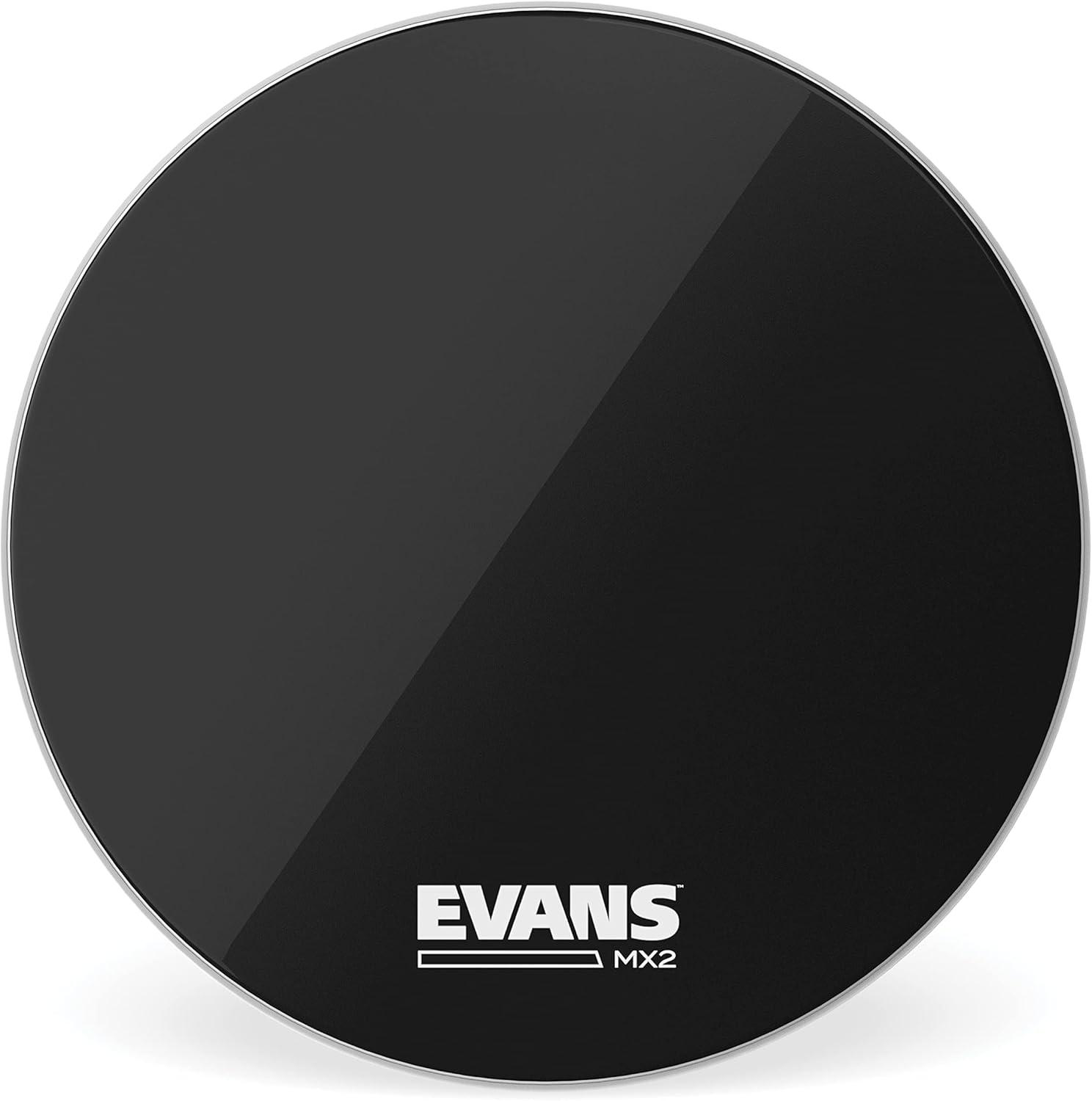
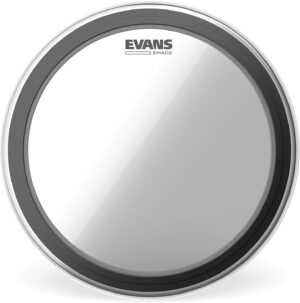
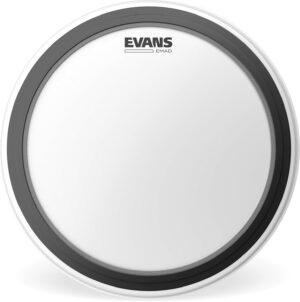
Reviews
There are no reviews yet.